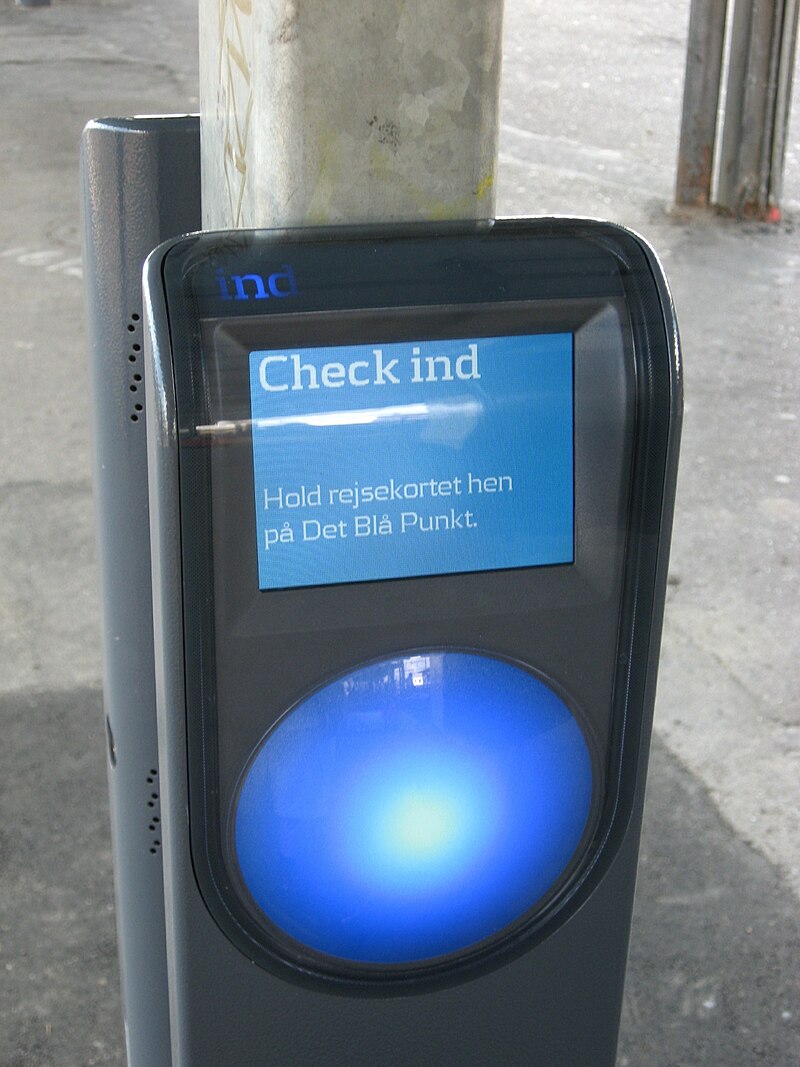Re: 2/28/18: Thank You TransitMatters for a Bold and Practical Vision
^Maybe this will allow for regular fare gates at North Station/South Station/Yawkey/and Ruggles.
Passengers would have to go through the gates to enter or to exit. Since most passengers either enter or exit at those stations it would really cut down on fare evasion. If the passenger did not tap in and wants to exit at a central station then they would have to pay a zone 10 fare.

Something like this could be added to the outer station platforms. That and readers on the outside (but not inside) of the train could work. I wouldn't want one on the inside because then people would wait to tap in when they get to zone 1a even if they started in Lowell.
^Maybe this will allow for regular fare gates at North Station/South Station/Yawkey/and Ruggles.
Passengers would have to go through the gates to enter or to exit. Since most passengers either enter or exit at those stations it would really cut down on fare evasion. If the passenger did not tap in and wants to exit at a central station then they would have to pay a zone 10 fare.

Something like this could be added to the outer station platforms. That and readers on the outside (but not inside) of the train could work. I wouldn't want one on the inside because then people would wait to tap in when they get to zone 1a even if they started in Lowell.
